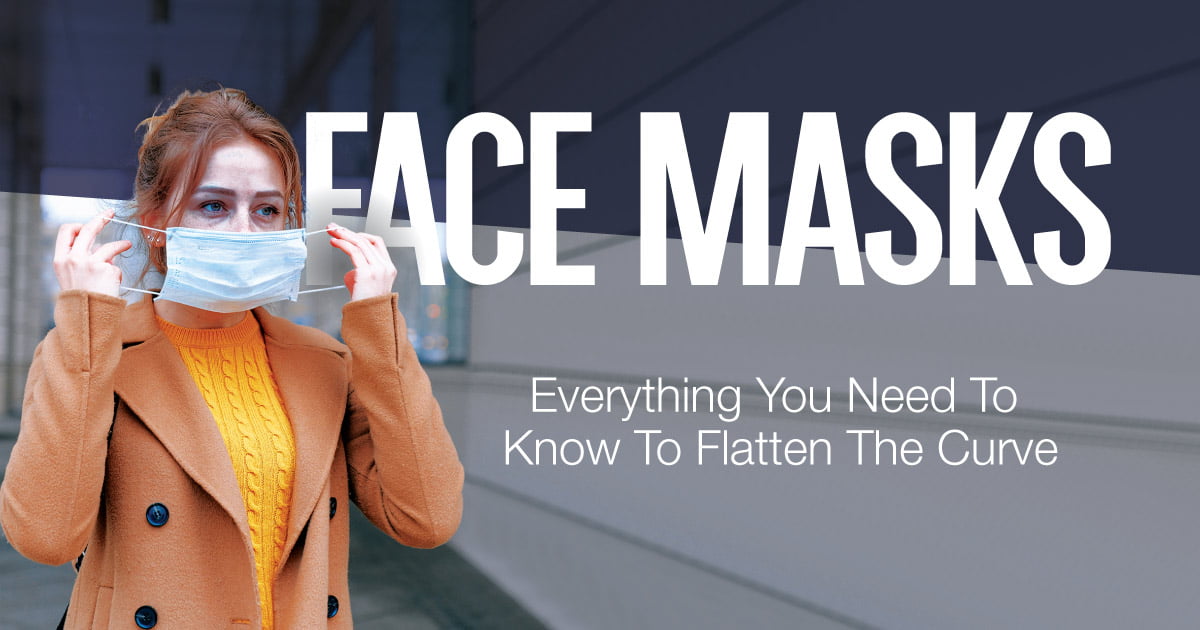As COVID-19 cases spike around the world, millions are now wearing face masks. In the beginning as the virus was spreading, the CDC and WHO both said that healthy individuals should not wear masks. But on April 3, 2020, the CDC changed its decision and then stated that everyone, including healthy individuals, should wear a mask. The CDC recommends wearing a mask in public areas in which maintaining social distancing is difficult or impossible. The CDC also stresses that masks should not and do not replace normal social measures, and. If possible, should be cloth or homemade, not surgical masks. WHO recommends wearing a mask if you are caring for a person who is suspected to be infected, or if you yourself are showing signs of infection. WHO also emphasizes that masks are only effective if the wearer knows how to use them properly and are not a replacement for regular hand washing or sanitizing.
In China, an estimated 86% of COVID-19 infections went undocumented, allowing for these undocumented cases to cause 79% of transmission of the virus. So many cases slipped under the radar because carriers can remain asymptomatic for days or weeks, spreading the disease unknowingly. Masks can be utilized to prevent the spread from seemingly healthy individuals and can protect those around them. In lab tests, wearing a face mask has been shown to prevent particles from getting through, demonstrating that masks can be used to protect others from infection by the wearer. According to one study, using masks and using hand sanitizer frequently can shave down flu transmission all the way up to 50%. With COVID-19 being nearly 3 times as infectious, this 50% decrease can be much more significant.
Learn more about how face masks can be made at home, used effectively, safely, and their impact on COVID-19 here.


